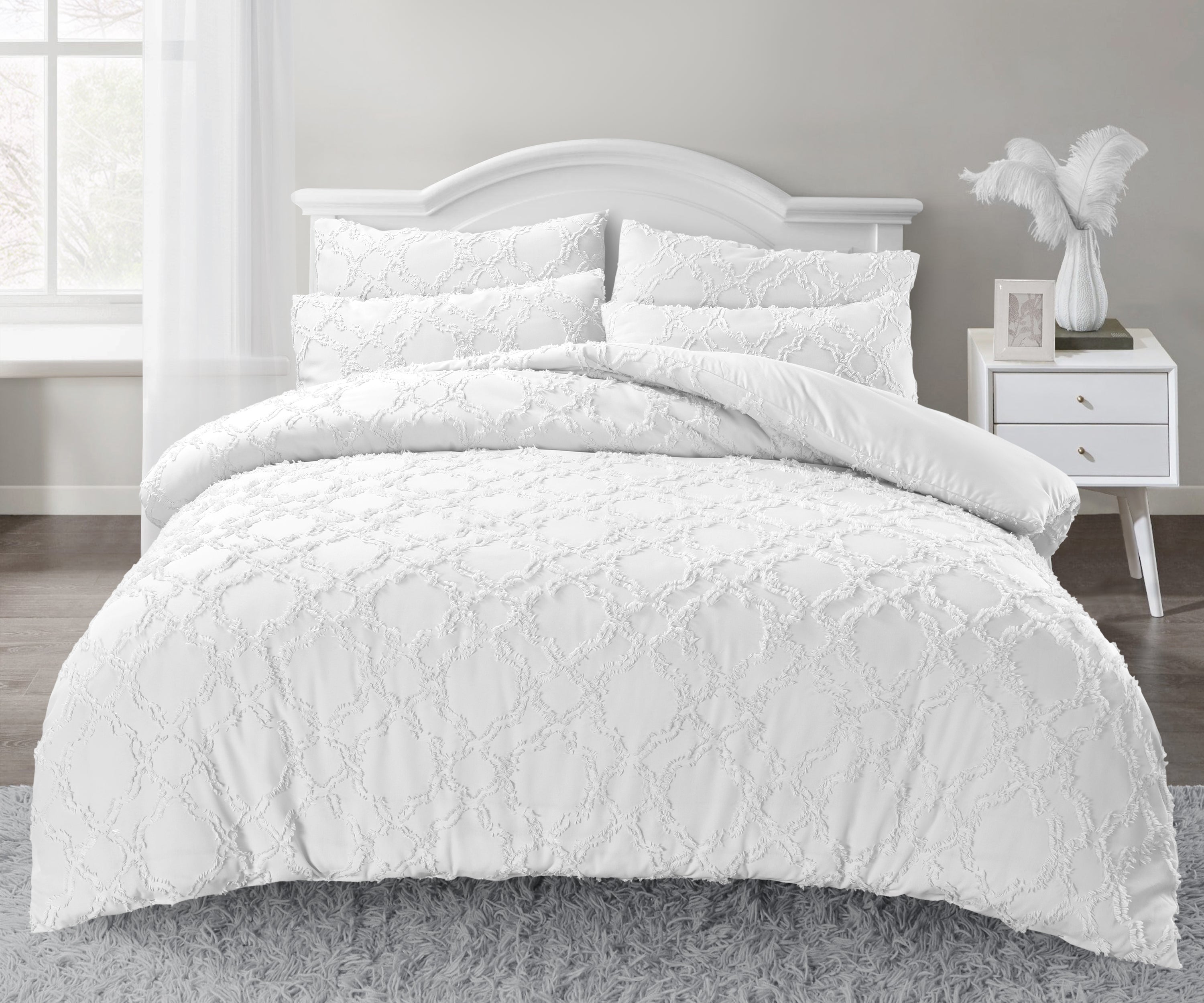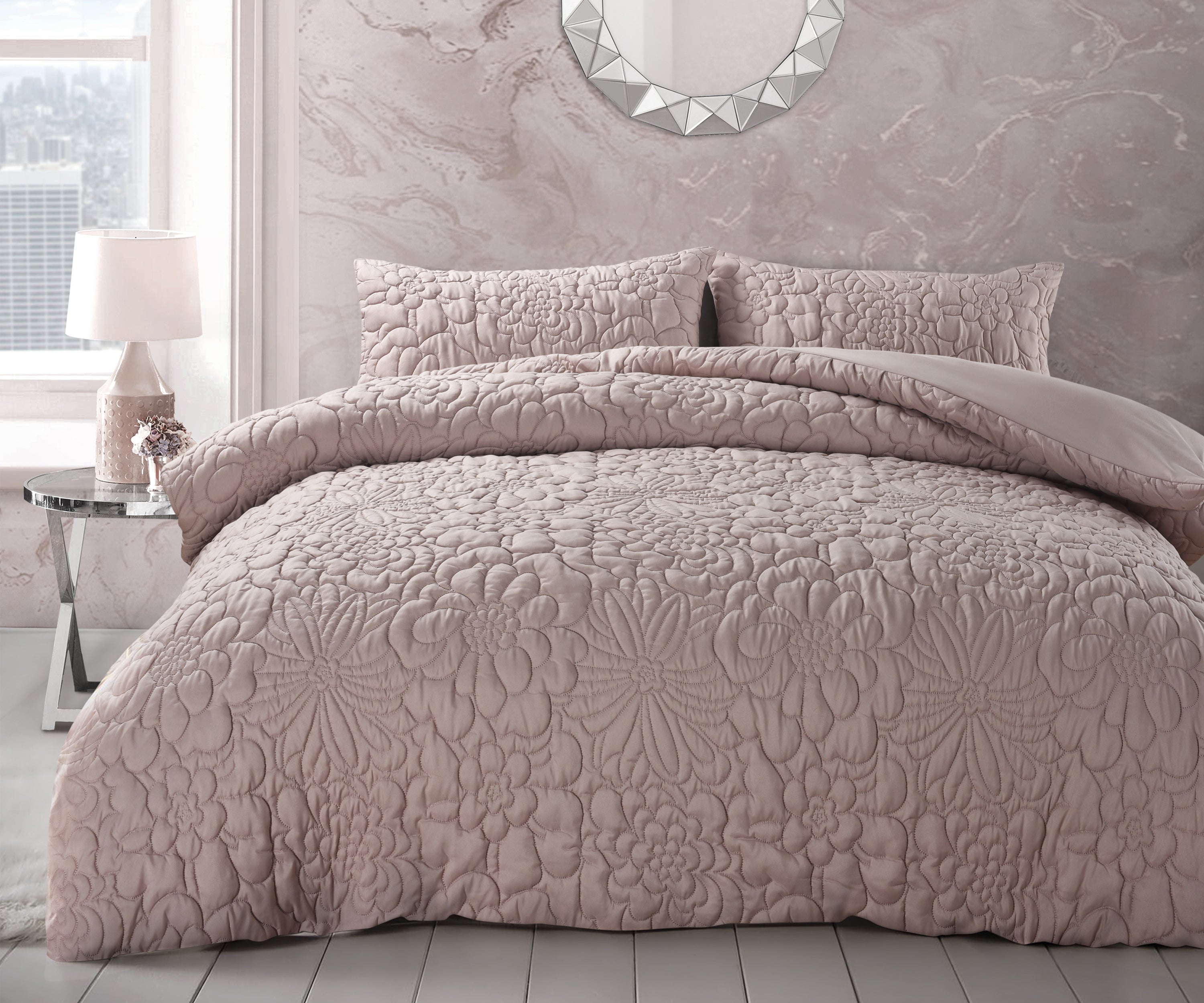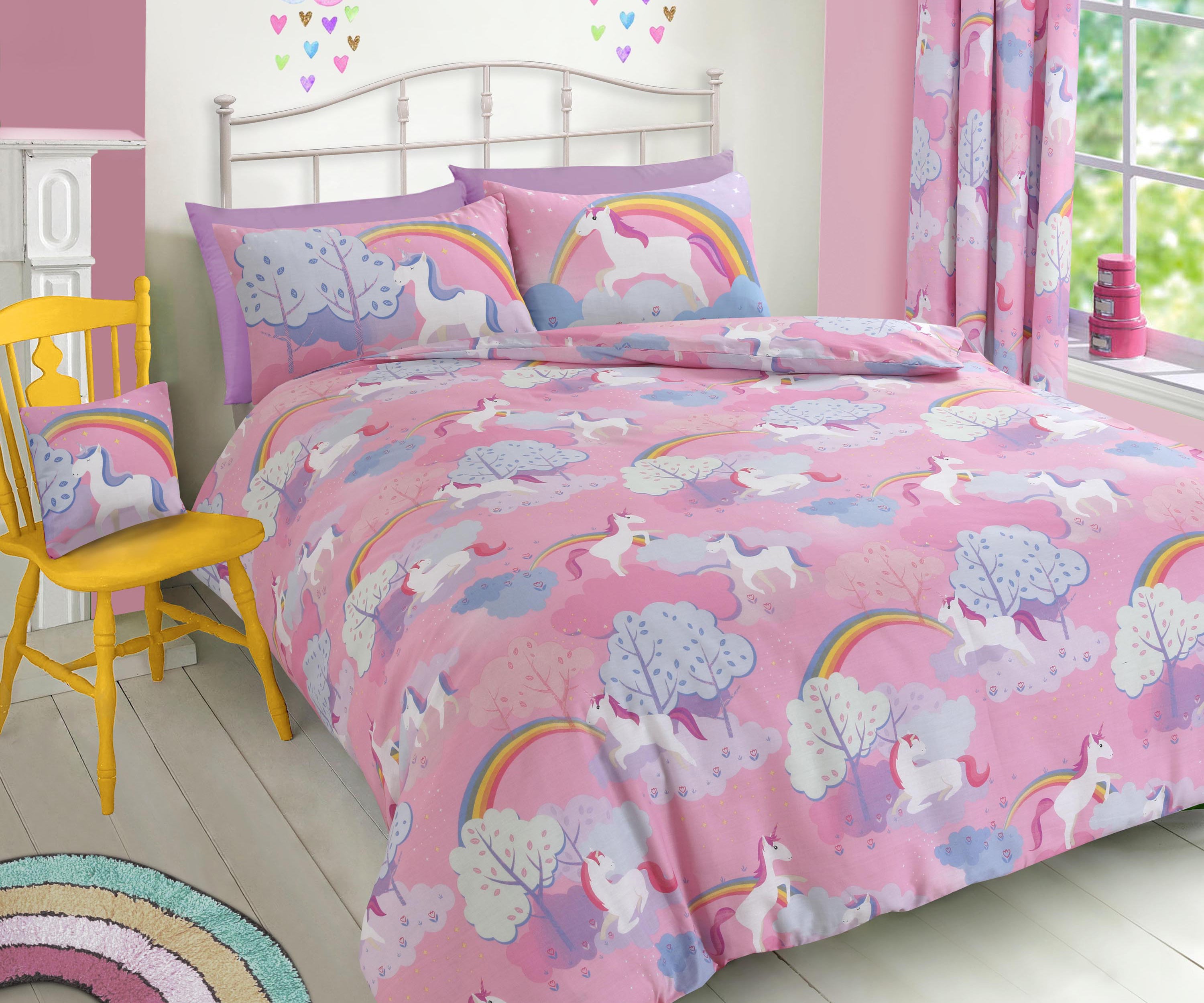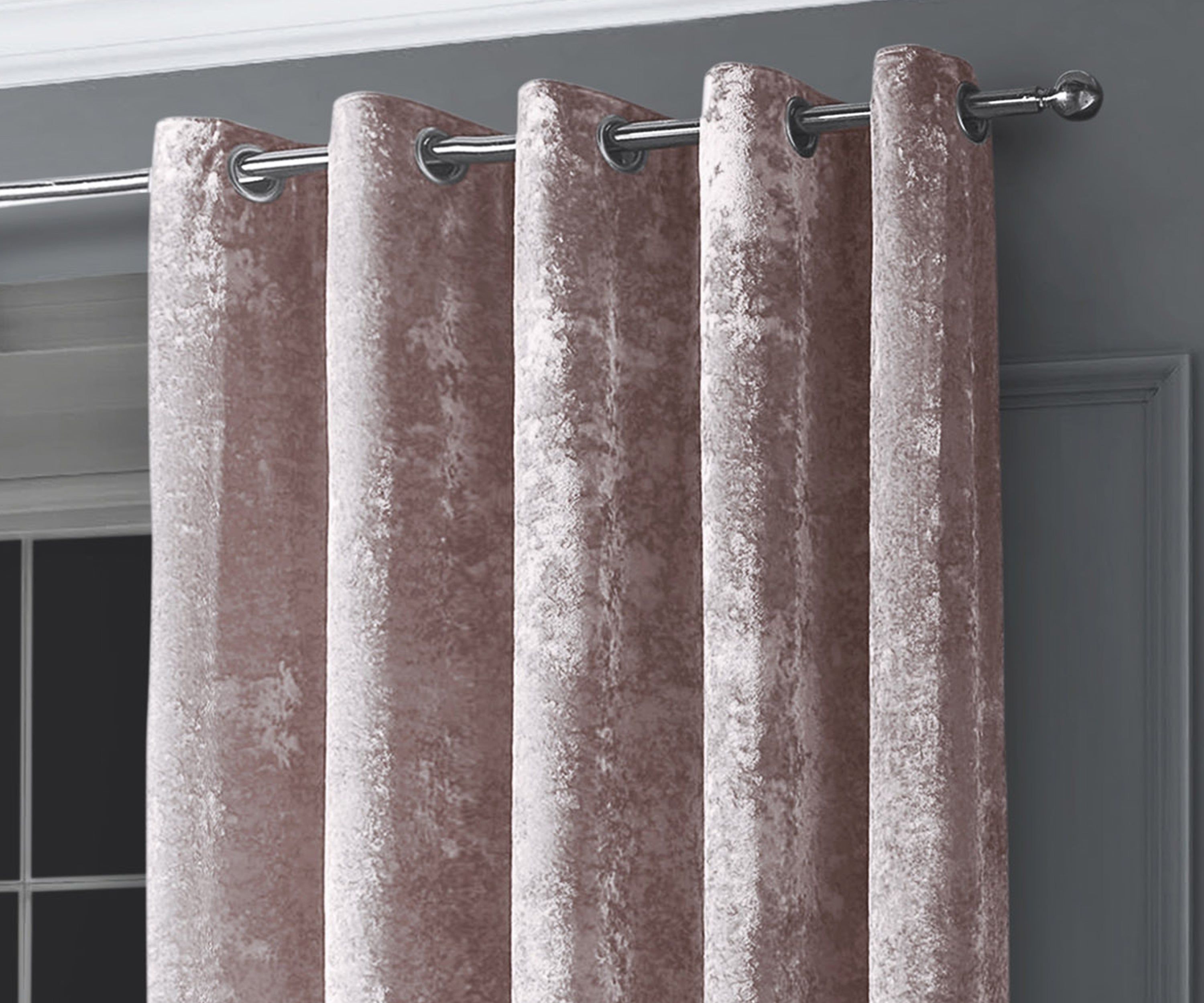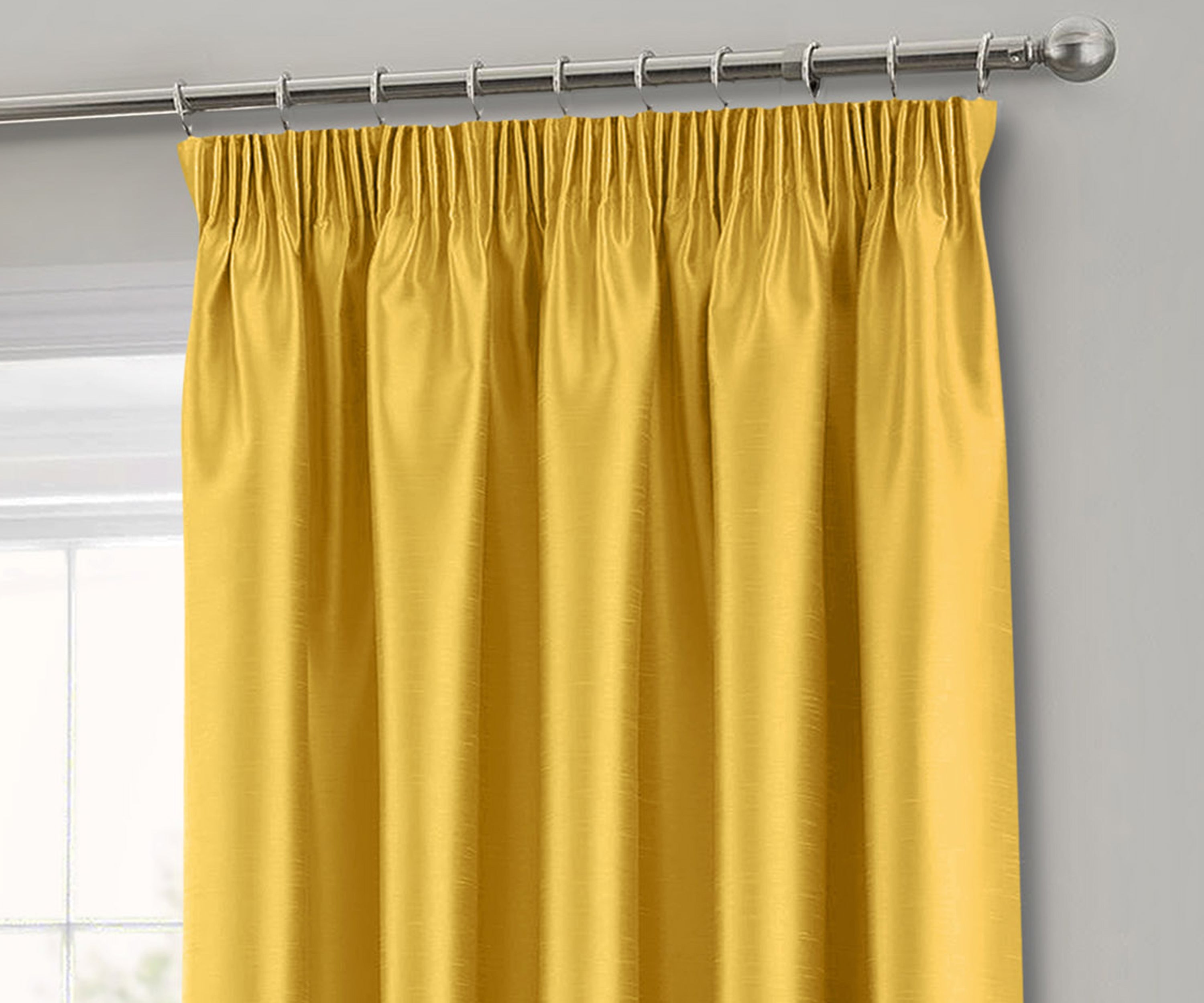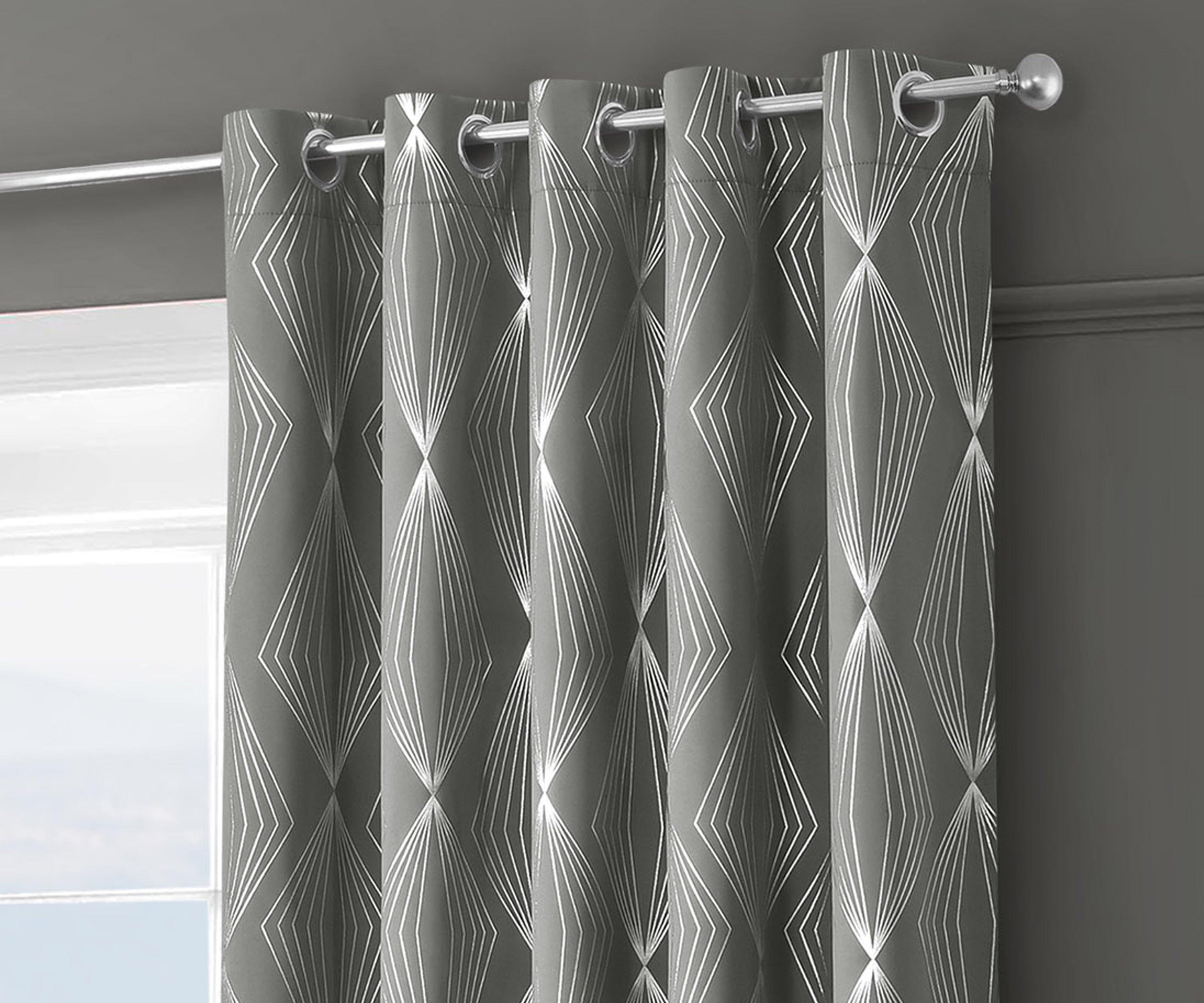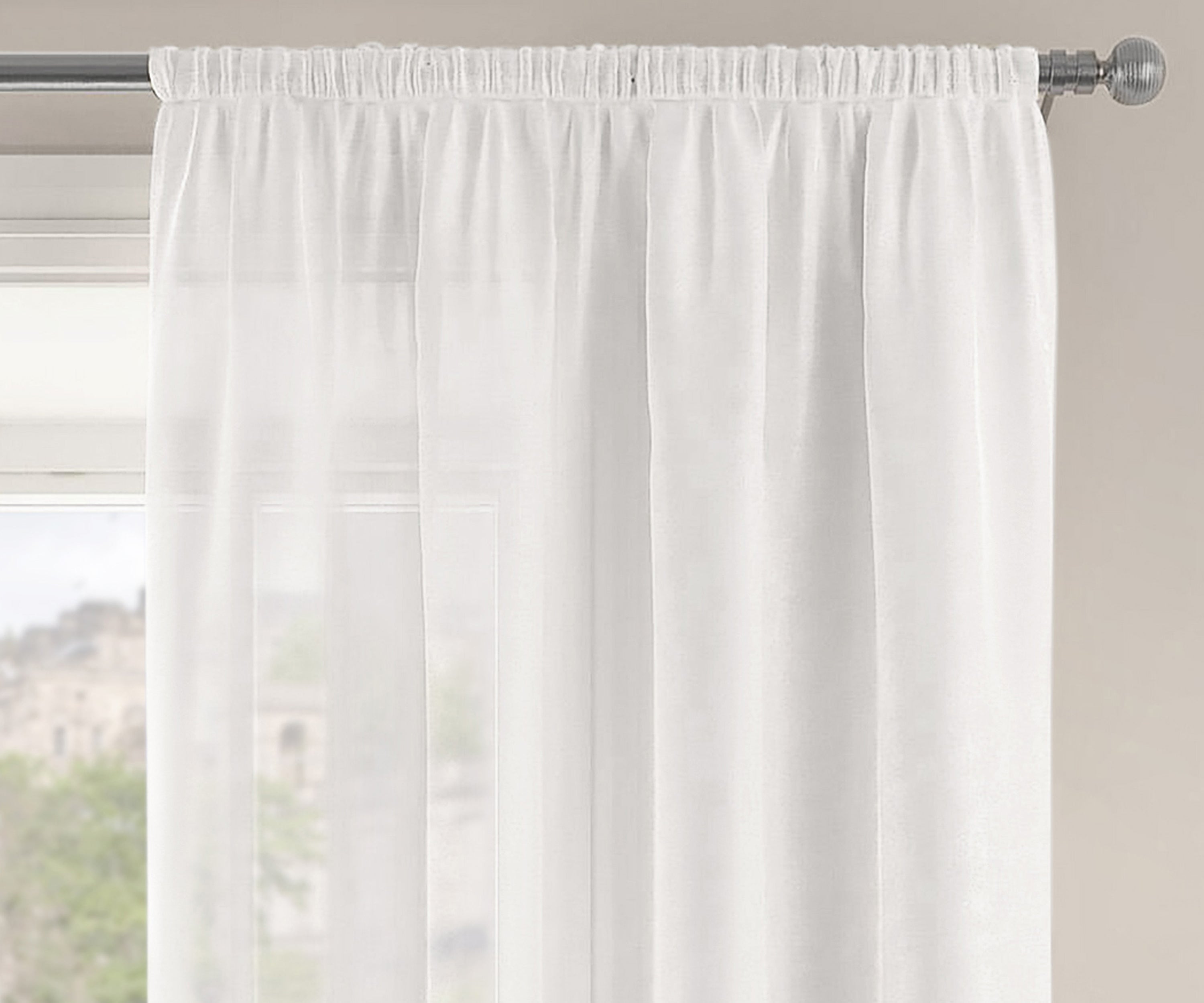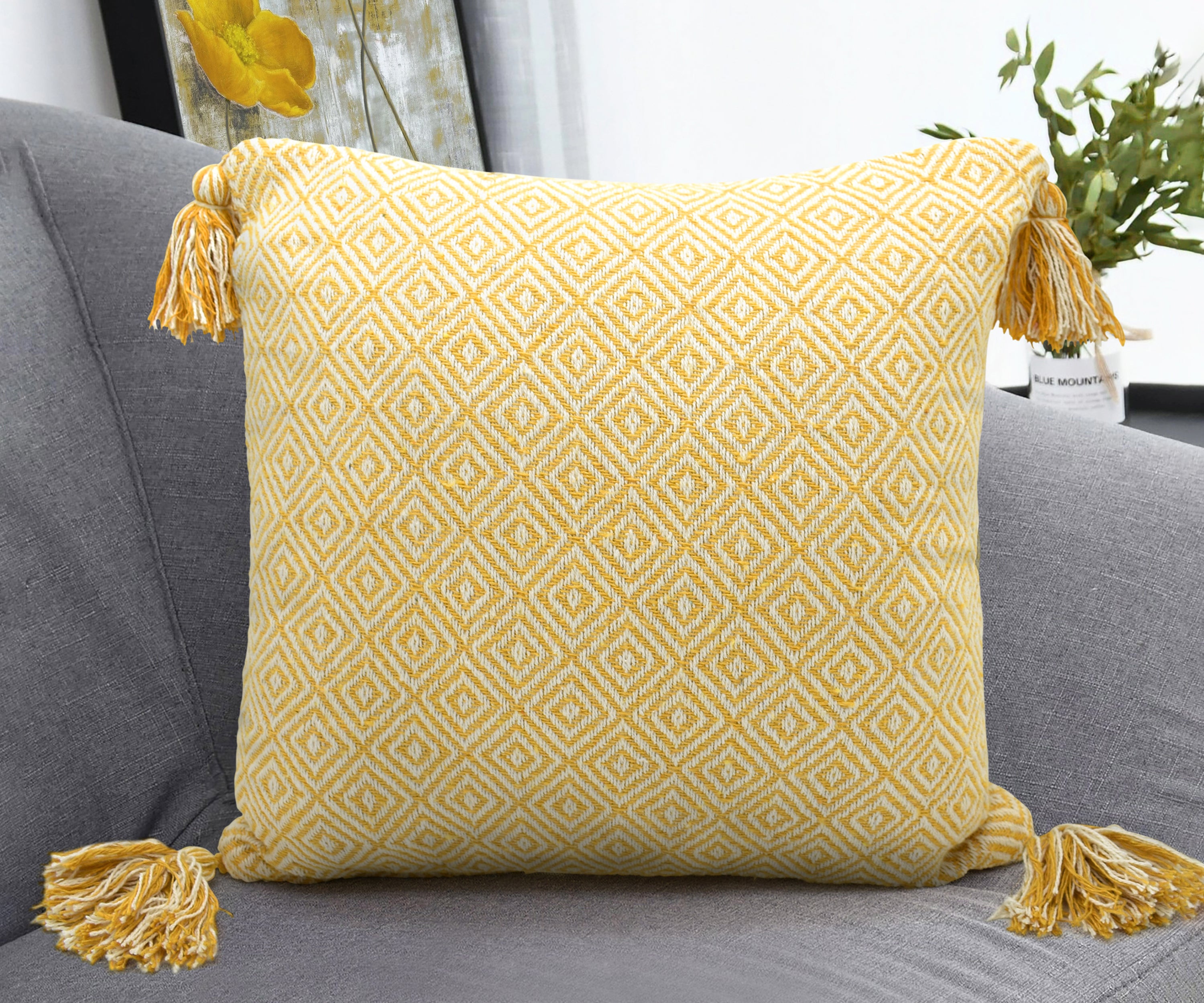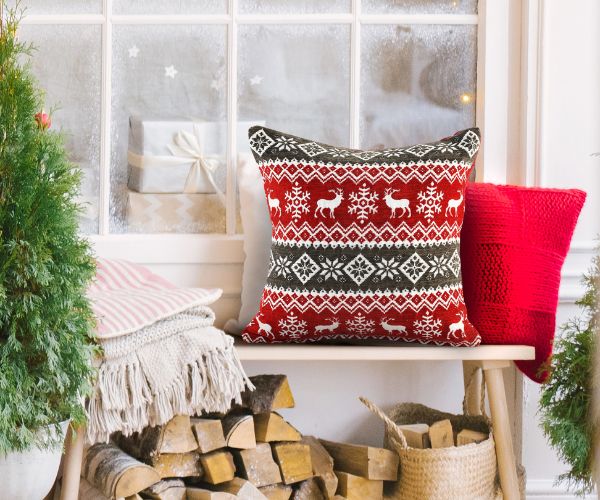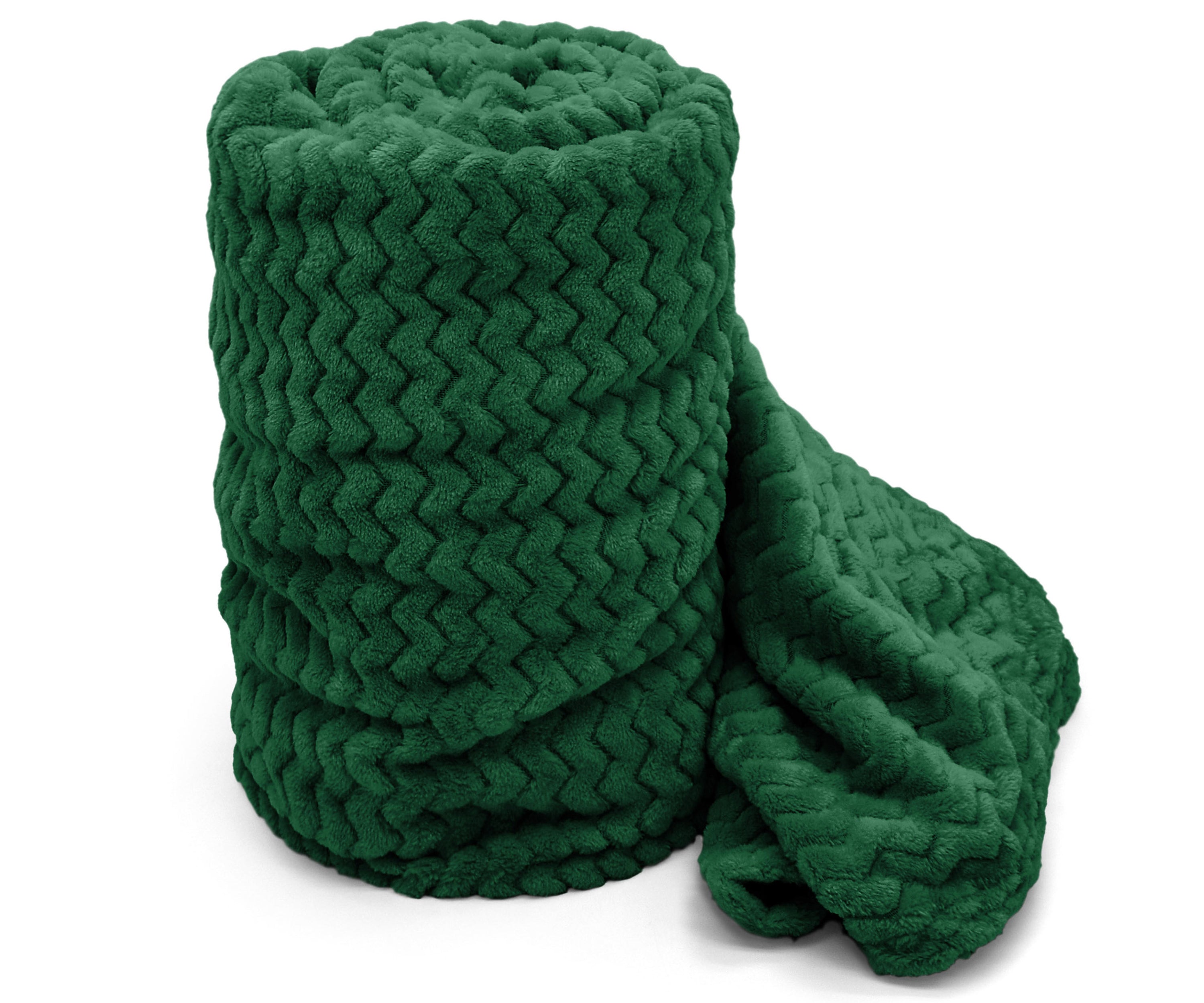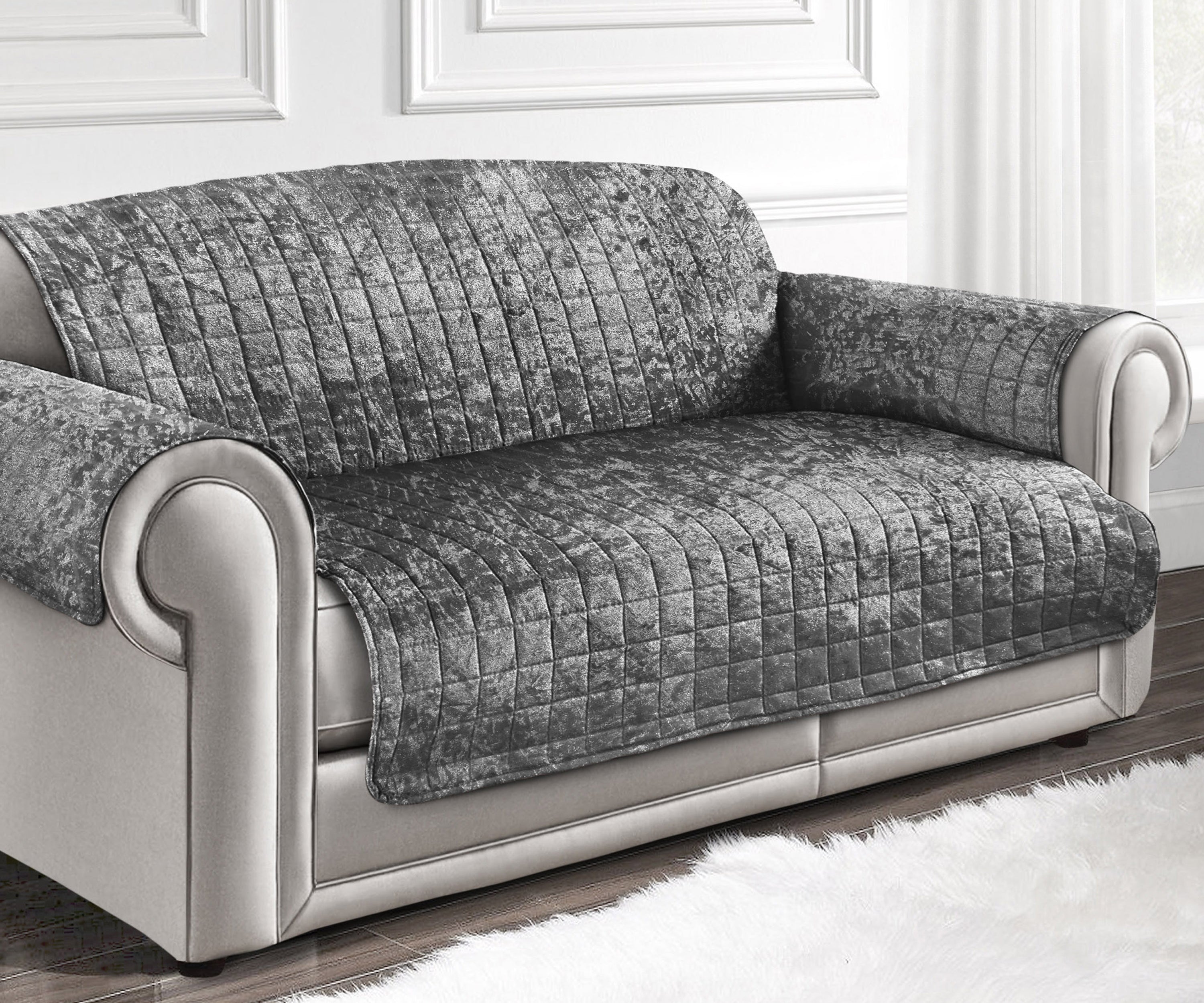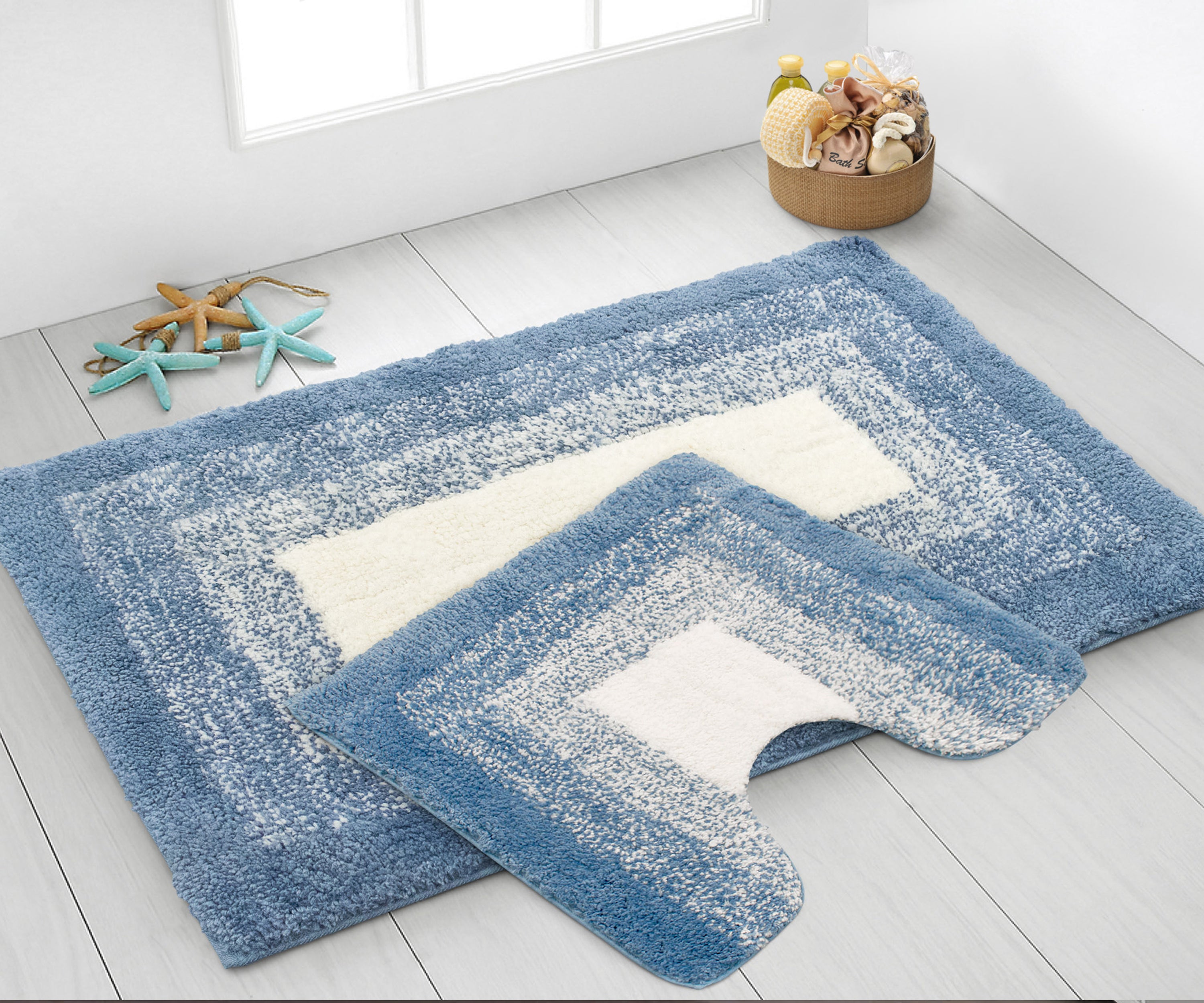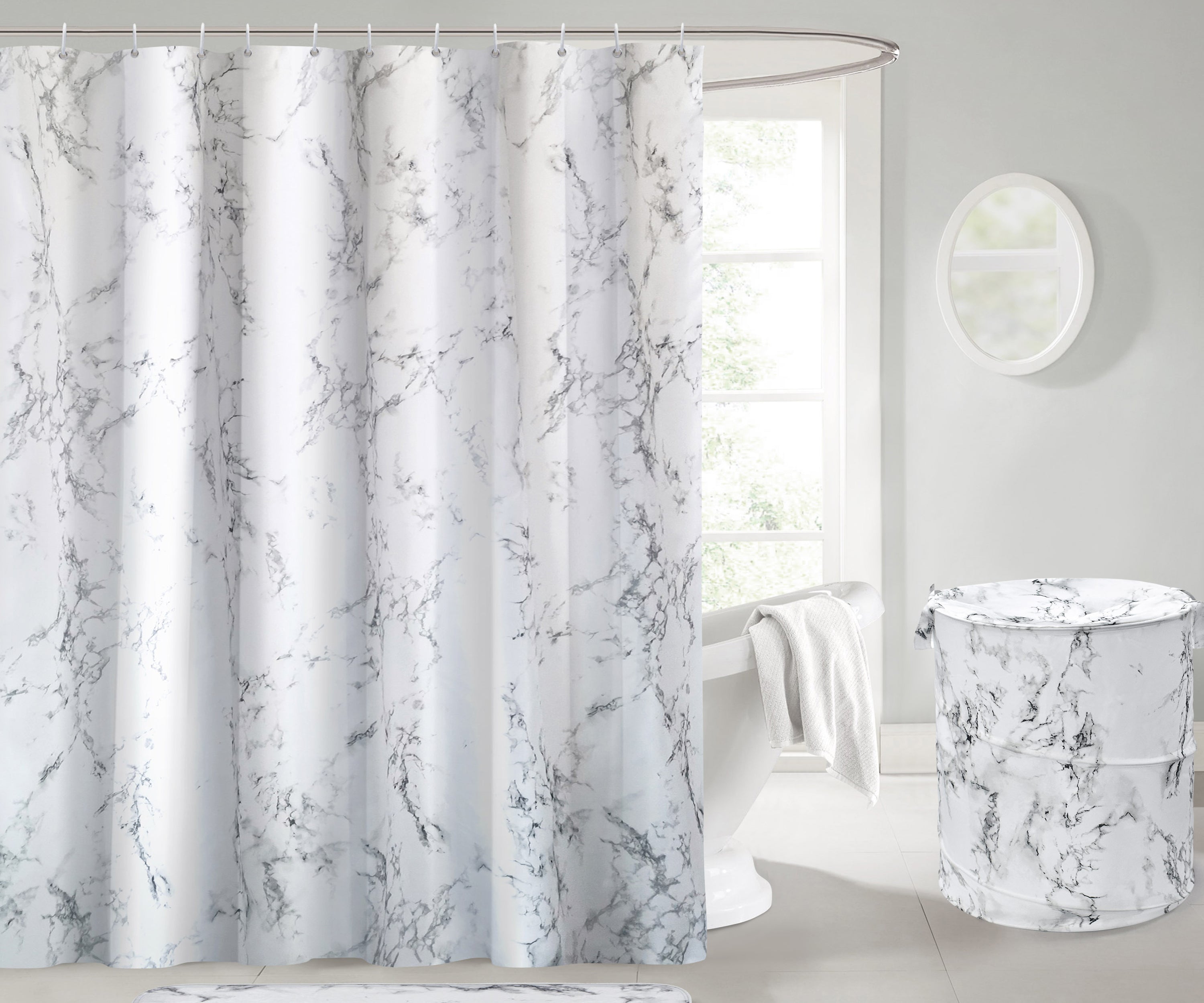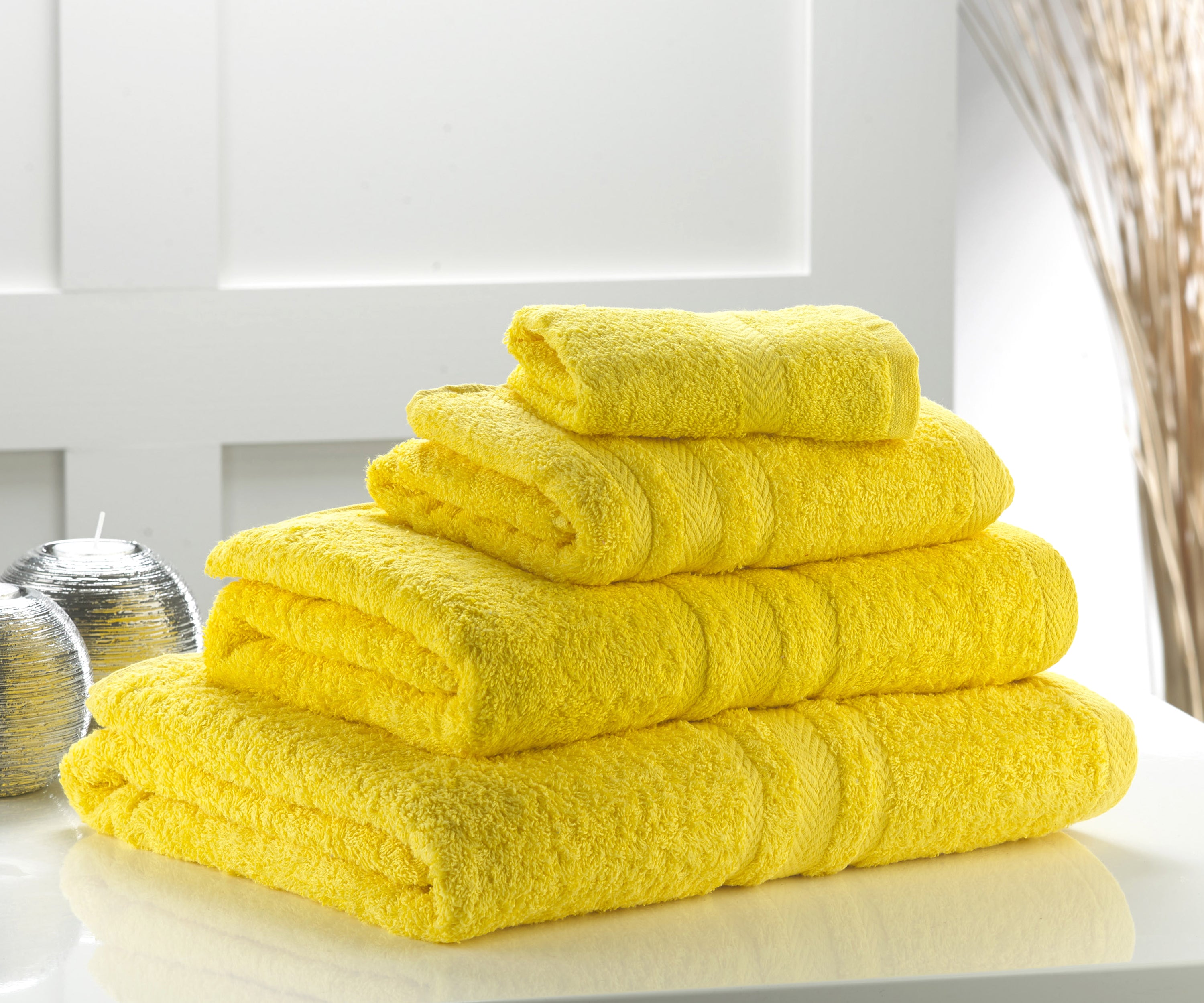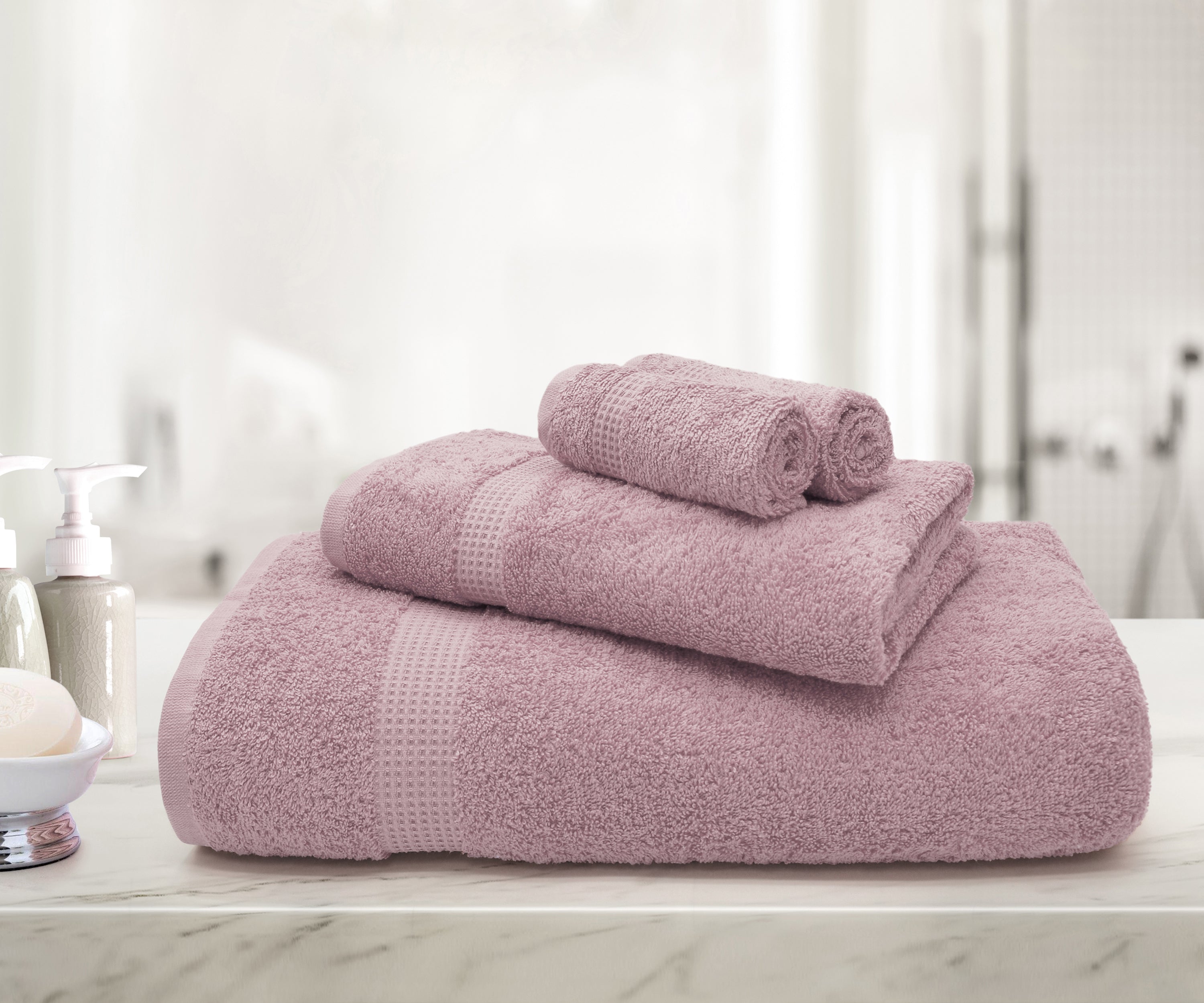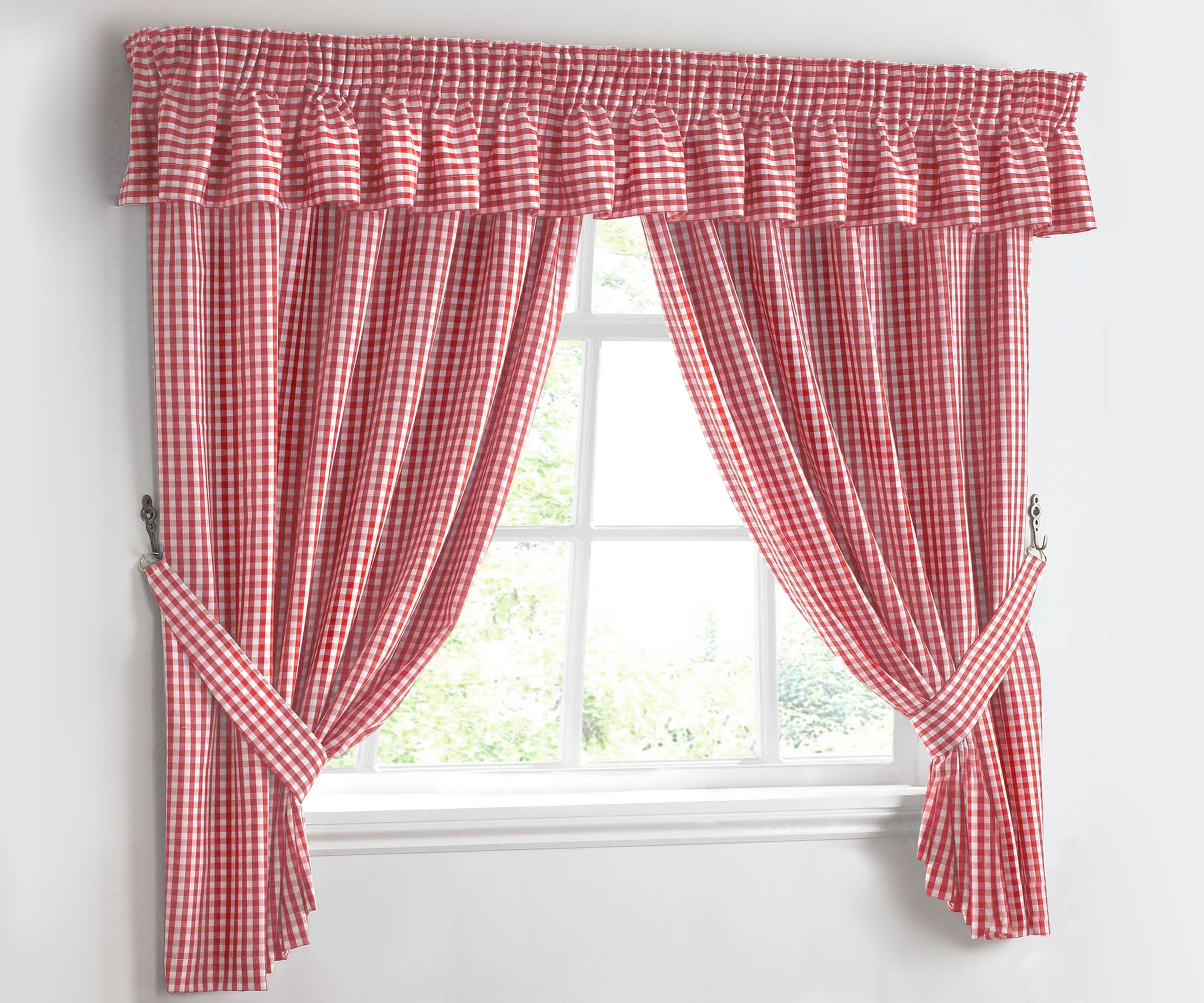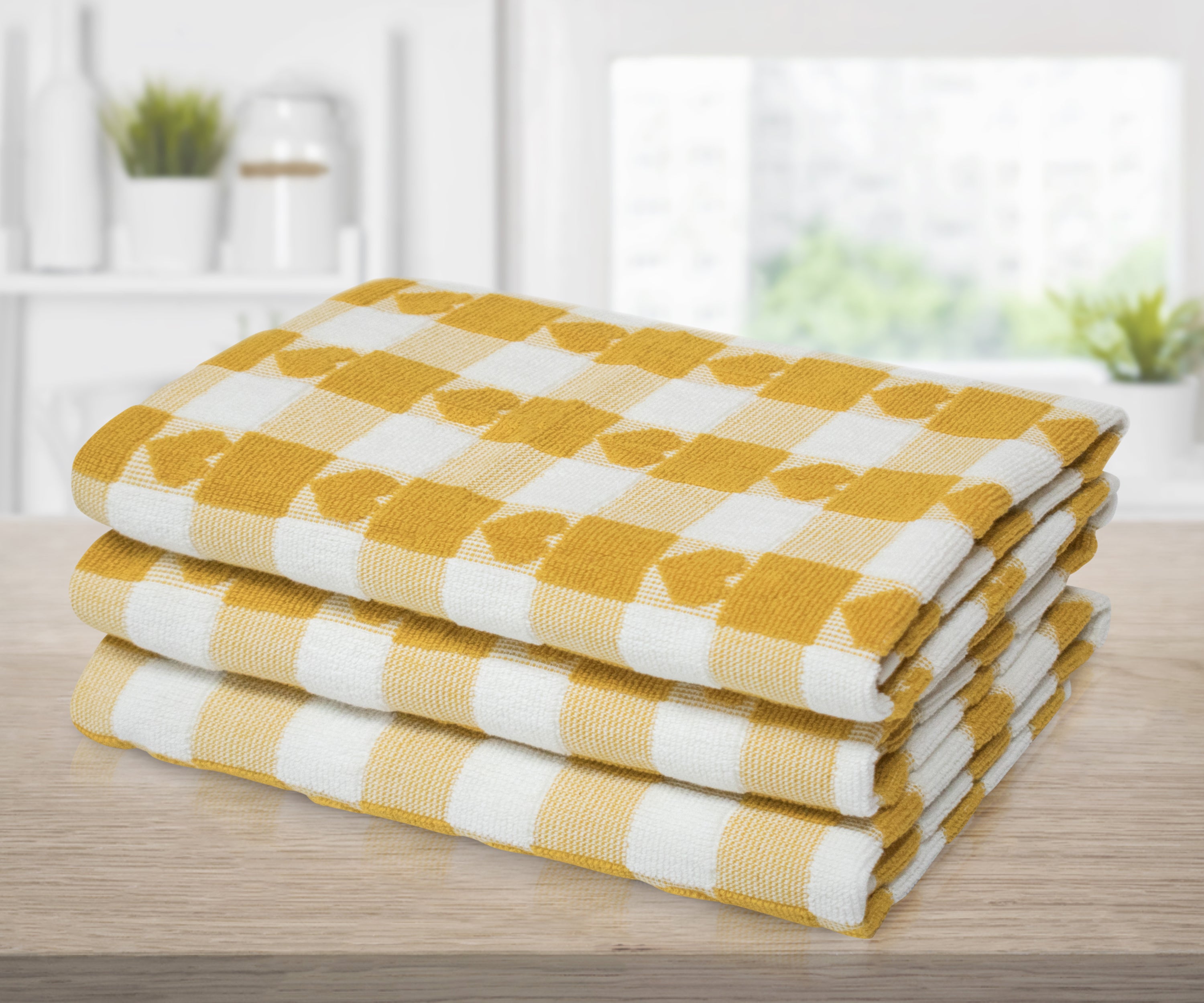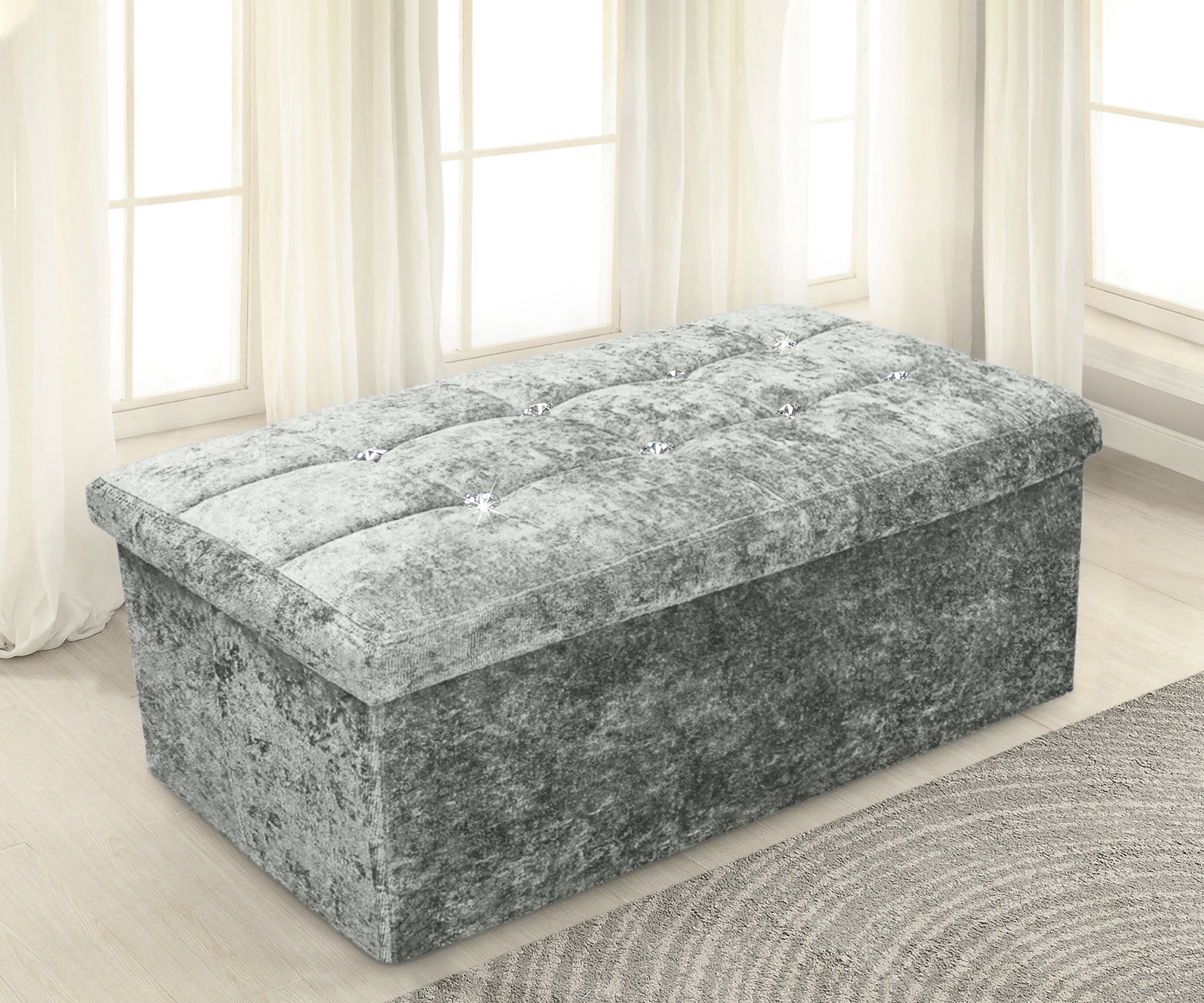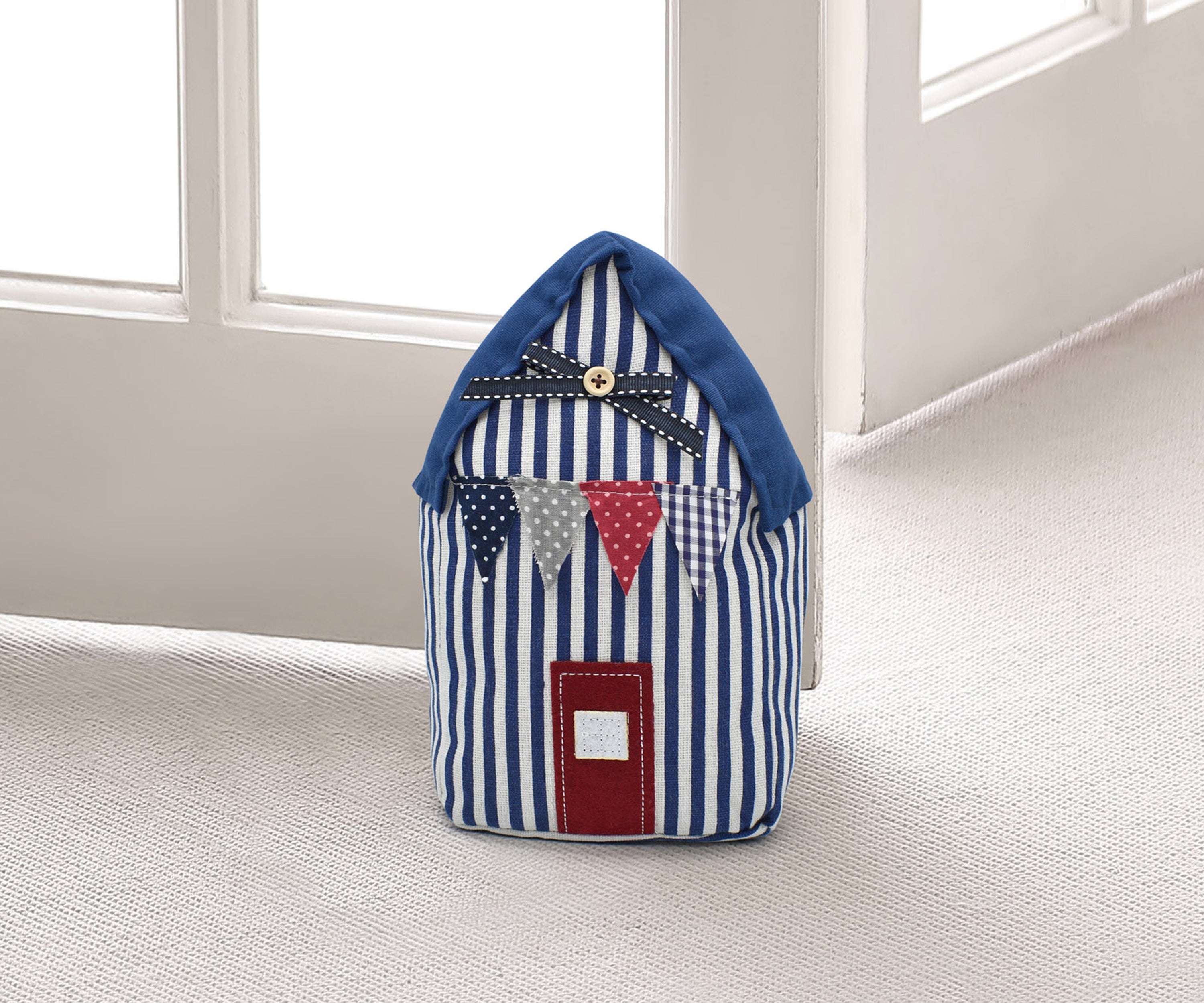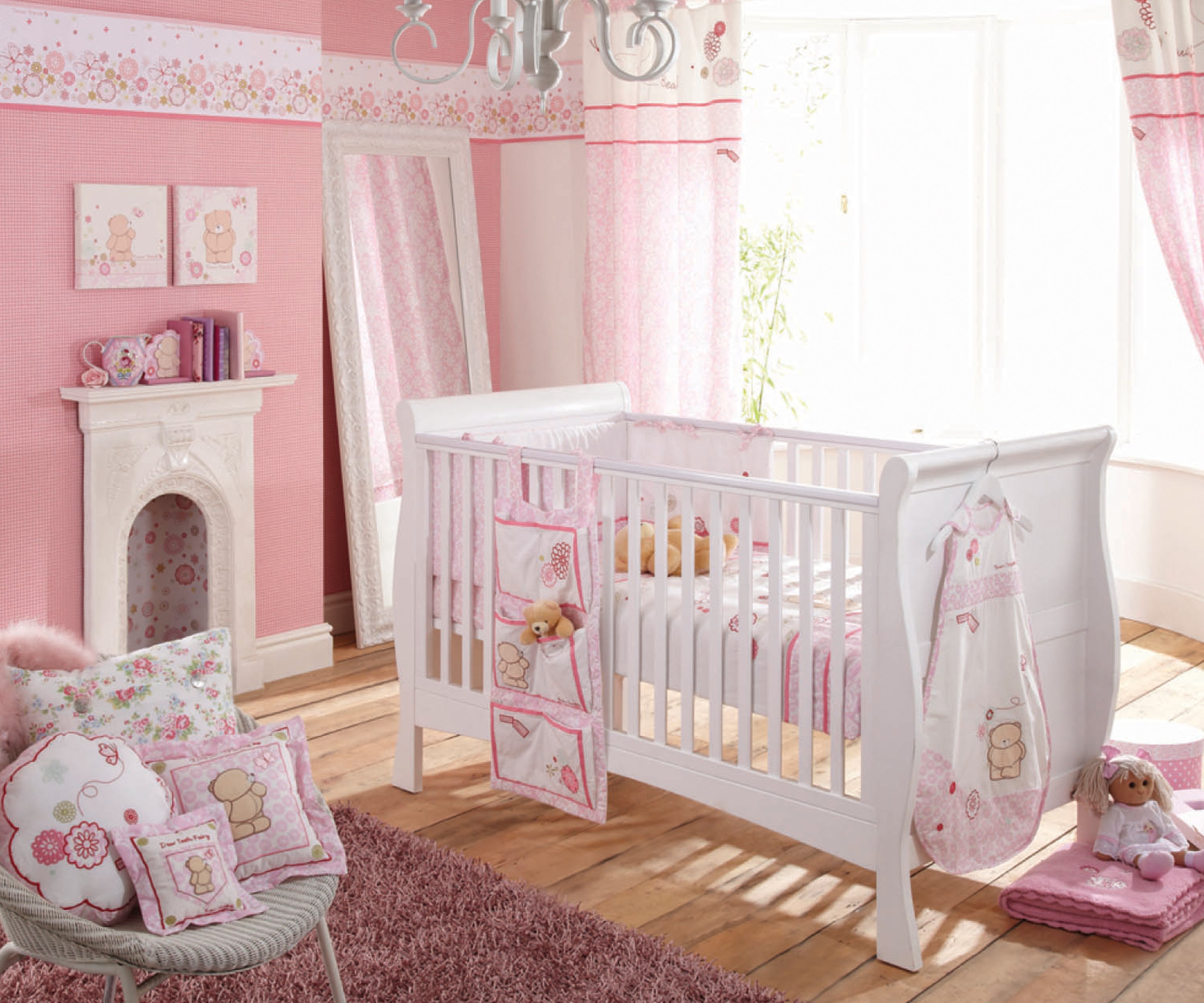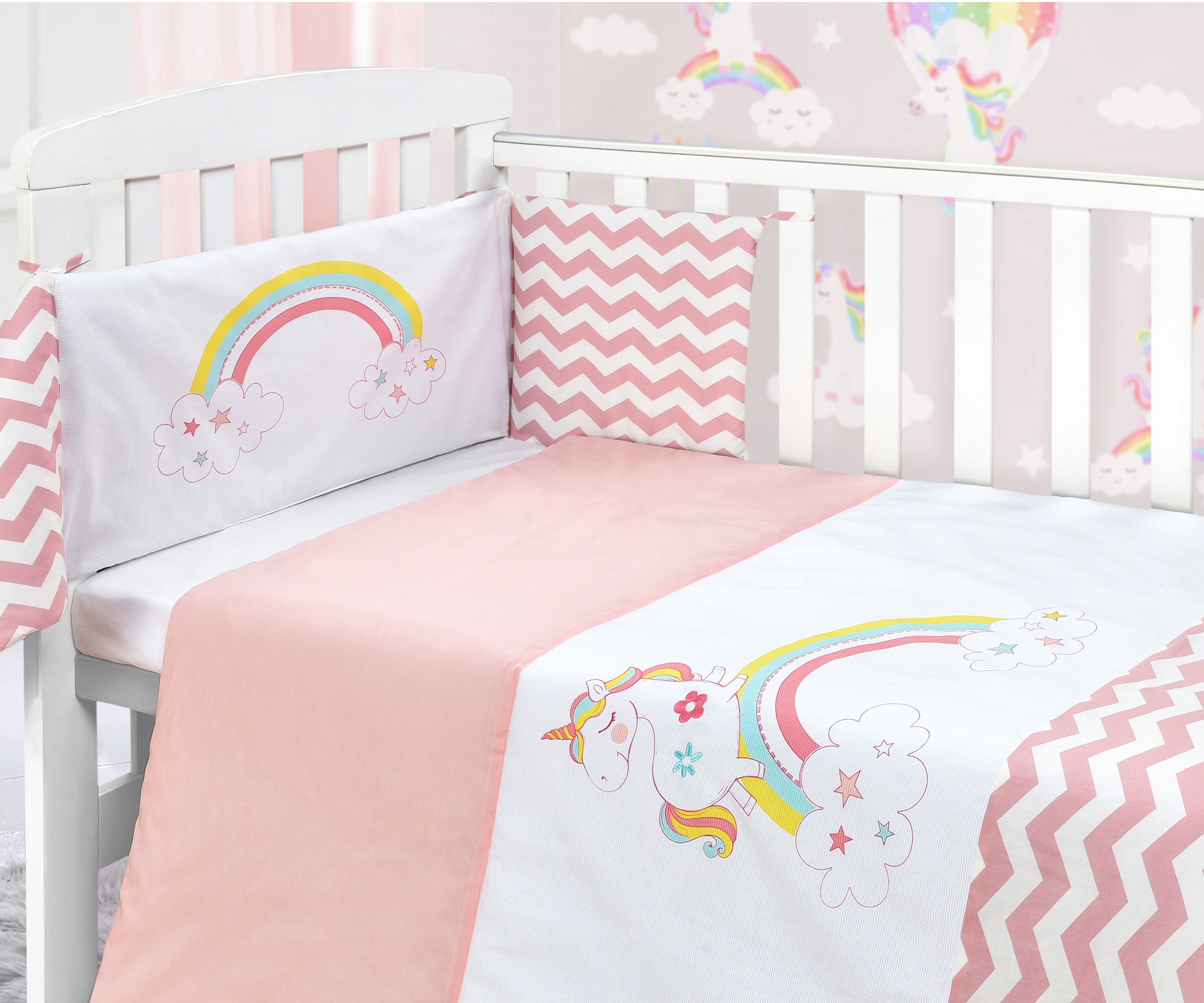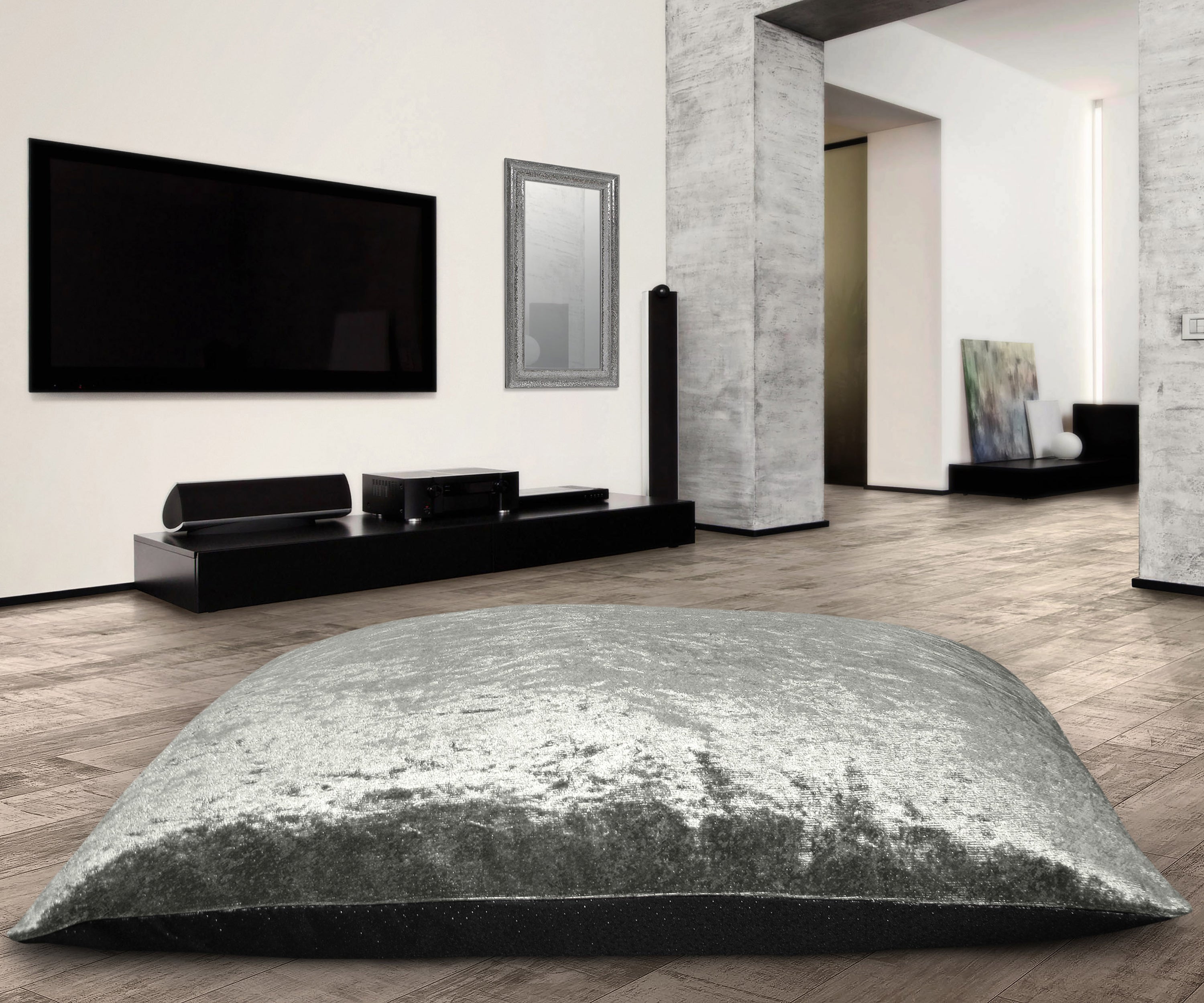Bedding is the one thing that can make or break your quality of sleep. There's just nothing quite like snuggling up in a fluffy cloud of warmth after a long day. But with so many different bed linen options out there, it can be overwhelming to know where to start.
In this guide, we outline everything you need to know when choosing your next duvet cover, from fabric and thread count to tips on how to buy the best bedding for your budget.
What is Bedding?
Bedding refers to all the sheets, covers and blankets you use on your bed, making you comfortable and relaxed when sleeping. Bed linen includes those functional items to protect your mattress or duvet from dirt and dust, like fitted sheets and duvet covers, as well as those decorative additions that can refresh the look of your home, like bedspreads and boudoir cushions. The term ‘bedding’ is also sometimes used to refer to your actual bed frame and mattress.
How to Choose Bedding for Your Home
Bed linen comes in a variety of shapes and sizes, designs and styles. Your bedding should keep you warm during colder months, enhance the look and feel of your space and - above all - help you to sleep well. Due to this, there are a whole host of things to consider, from the best fabric and the thread count of the material to whether your bedding of choice fits within your budget. Some of the factors you’ll want to consider are:
- Size. It is important to purchase a duvet cover that fits your duvet and bed properly. Measure the length, width, and depth of your duvet and compare these measurements to the sizes available for purchase. Make sure to also consider the size of your bed and whether the duvet cover will hang over the sides enough to suit your personal preference.
- Material. Bedding is available in a wide range of fabrics, including cotton, linen, silk, and polyester. Cotton and linen are natural, breathable fabrics that are ideal for hot sleepers or warm climates. Silk is a luxurious, hypoallergenic option that is great for sensitive skin. Polyester is a synthetic, wrinkle-resistant fabric that is easy to care for.
- Thread count. The thread count of a fabric refers to the number of threads per square inch. A higher thread count typically means a smoother, softer, and more durable fabric. However, it is important to note that a high thread count does not always guarantee a high-quality duvet cover.
- Style. Duvet covers are available in a wide range of styles, from classic and traditional to modern and contemporary. You can also choose from a variety of patterns, including solid colours, stripes, florals, and geometrics. Consider the overall aesthetic of your bedroom and select bedding that complements this.
- Easy care features. Duvet covers can be a bit of a hassle to put on and take off, so it is important to look for easy care features such as buttons, snaps or zippers that make the process easier. You should also consider the care instructions for the bedding. Some covers are machine washable, while others must be dry cleaned.
- Price. Duvet covers are available at a range of price points, from budget-friendly options to high-end designer pieces. Determine your budget and look for bed linen that fits within it. Keep in mind that a higher price doesn’t always mean higher quality.
What material is the best for bedding?
There are a variety of different materials and fabrics used for bed linen. The best material for bedding ultimately comes down to your aesthetic preferences, your needs and your budget. For example, certain fabrics are more lightweight, while others are easy to wash and dry.
Cotton is perhaps the most popular fabric for bed linen, due to it being both natural and breathable. Brushed cotton is an alternative choice, retaining the benefits of cotton but with a fuzzy texture that gives it a unique look and means that your bedding is cosier. Polycotton is another choice of material for bedding, especially if you are budget conscious. Made from a blend of polyester and cotton, polycotton bedding is not as breathable as cotton but is much easier to care for - especially when it comes to ironing. Whichever you choose, get ready to say goodbye to restless nights and hello to sweet dreams.
How long should bedding last?
There is no one answer to the question of how long bedding should last. Just like a good wine, high-quality bedding can get better with age. The better the quality, the longer it will last. However, luxury fabrics aren’t necessarily longer lasting; high thread count options, for example, are less durable due to being more prone to damage.
Even with top-notch quality, the best bedding can still wear out over time. The general rule of thumb is that sheets should be replaced every 2 to 3 years, while a duvet itself can last up to 10 years if you take good care of it. The longevity of your bedding really comes down to how well you take care of it. Be sure to wash and store your bed linen properly, and it might just last you a lifetime.
How often should bed linen be changed?
It's important to change your sheets regularly to maintain good hygiene, keep dust mites at bay and prevent your bed from becoming a breeding ground for bacteria. We recommend washing your bed sheets and duvet cover at least once a week, or every two weeks at the very least. Regularly washing your bedding keeps it looking (and smelling) good and ensures you get that unbeatable fresh feeling when you jump into bed.
How should you wash bedding to keep it fresh?
The washing instructions for your bedding or duvet cover depends on the product in question. This will most often come down to the fabric used. Firstly, choose the right temperature; Generally, a hot water cycle will help kill bacteria and allergens, while a cold water cycle can help preserve the colour and quality of your bedding. Next, choose the right washing powder; using a mild, fragrance-free detergent can help to prevent skin irritation or allergies.
Once washed, make sure that your bedding is dried and stored properly. Your bed linens should be completely dry before putting it back on your bed. Depending on the product, you might be able to tumble dry - otherwise, line dry your bedding outside on a sunny day. If it’s not going back on your bed straight away, store your bed linen in a cool, dry place to prevent mould growth or damage from trapped moisture.
Ready to find the perfect bedding to refresh your bedroom? Browse our collection of high-quality bedding and see for yourself the variety of options available.
Related Products


